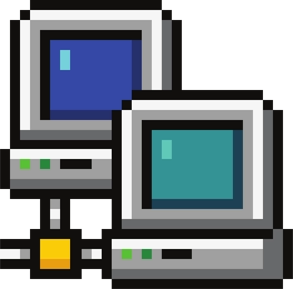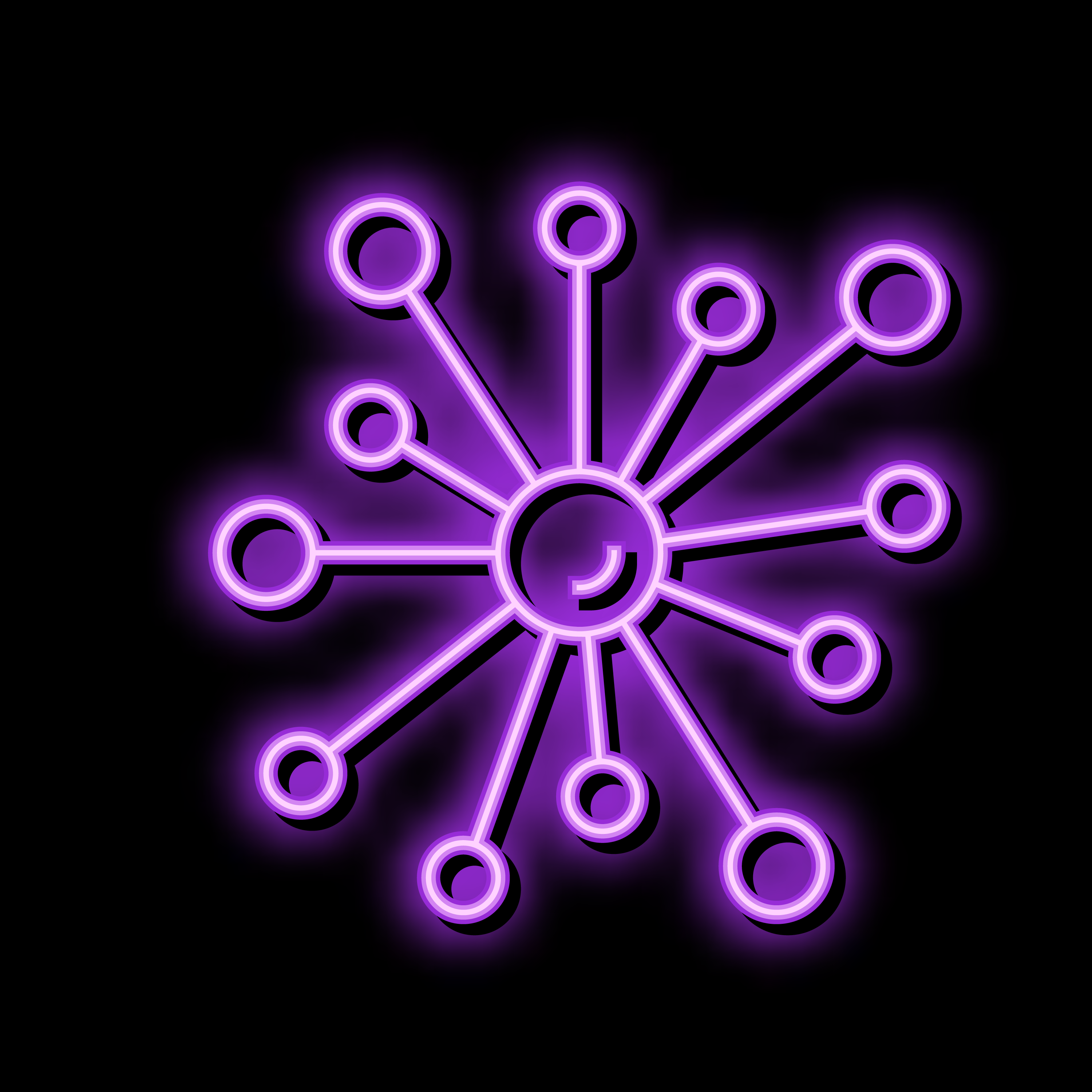Our Transit Philosophy
To use an investment analogy, imagine a Tier-1 carrier to be a single stock. You purchase it because the company is known to be good, and you hope that it stays that way.
A Tier-2 would be a bit like an index fund; a collection of Tier-1s that the Tier-2 Engineering Team has deemed to be of high quality, blended together. This way, if any one Tier-1 has poor performance or an issue, there are other quality connectivity options for your customers.
At Adtaq, we have implemented a 'fund of funds' strategy; multiple Tier-2 providers who's management and engineering teams we have confidence in. We feel this provides the best performance for our customers while remaining agile enough to circumvent any upstream bottlenecks.



